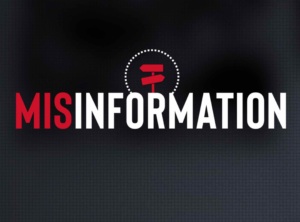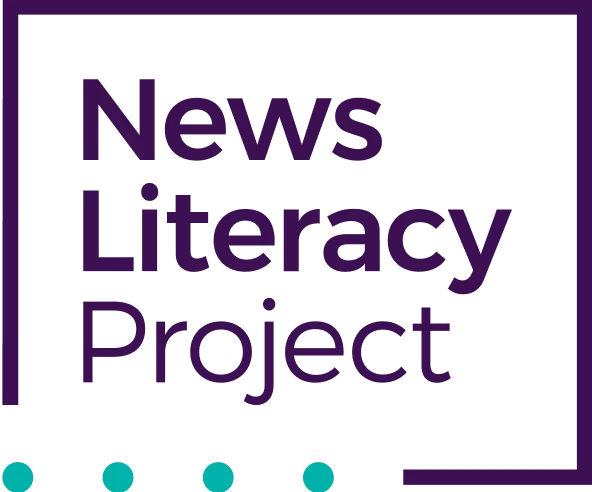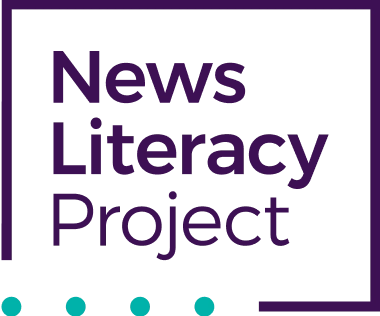Five types of misinformation
 The term “fake news” once referred to misinformation designed to look like legitimate news, but the term has been rendered meaningless and counterproductive through overuse and political weaponization. The reality is that different kinds of misinformation vary significantly in their tactics, intent and impact. Therefore, to better understand misinformation, we need a new vocabulary that helps us see and think about these differences.
The term “fake news” once referred to misinformation designed to look like legitimate news, but the term has been rendered meaningless and counterproductive through overuse and political weaponization. The reality is that different kinds of misinformation vary significantly in their tactics, intent and impact. Therefore, to better understand misinformation, we need a new vocabulary that helps us see and think about these differences.
The poster linked below identifies and defines five types of misinformation:
- Satire
- False context
- Impostor content
- Manipulated content
- Fabricated content
Definitions and examples of each type of misinformation are included in the poster linked below. This poster was adapted from the “Misinformation” lesson on our Checkology® virtual classroom. Use it with that lesson or on its own.



